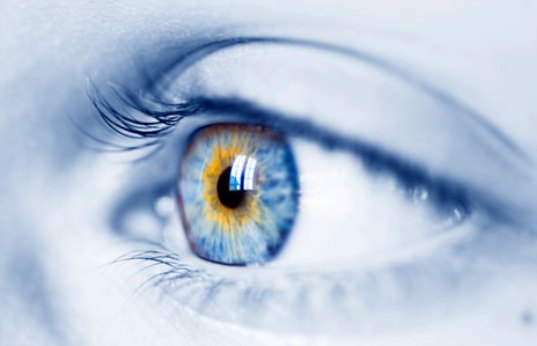Submitted by nbeam85 on

Okay, so just to give you a grand range of "PPI" comparisons so you can get an idea of the sharpness level of this screen, I have put together a list of tablets and their display PPI ratings.
| DEVICE | ASPECT RATIO | SCREEN SIZE | SCREEN RESOLUTION | DPI |
| Google Nexus 7 (2nd Generation) | Widescreen | 7" | 1920x1200 | 324 PPI |
| iPad Mini (2nd Generation) | 4:3 | 7.9" | 2048x1536 | 324 PPI |
| iPad 4th Gen/Air | 4:3 | 9.7" | 2048x1536 | 264 PPI |
| PiPo M6 - Full HD Mode | 4:3 | 9.7" | 2048x1536 | 264 PPI |
| FNF iFive X2 | Widescreen | 9" | 1920x1200 | 251 PPI |
| Cube U30GT2 HD | Widescreen | 10.1" | 1920x1200 | 224 PPI |
| Google Nexus 7 | Widescreen | 7" | 1280x800 | 215 PPI |
| PiPo M6 - "Normal" Mode | 4:3 | 9.7" | 1528x1200 | 204 PPI |
| Samsung Galaxy Tab 1,2, & 3 (7" models) & Ployer Momo 7 | Widescreen | 7" | 1024x600 | 170 PPI |
| FNF iFive Mini3 & iPad Mini (1st Gen) | 4:3 | 7.9" | 1024x768 | 162 PPI |
| PiPo Max M8 Pro | Widescreen | 9.4" | 1280x800 | 160 PPI |
| Ployer Momo 12 & PiPo Max M9 | Widescreen | 10.1" | 1280x800 | 149 PPI |
| PiPo M1 & iPad 2 | 4:3 | 9.7" | 1024x768 | 131 PPI |
That chart covers just about every major combination of screens currently available in "tablets". I define a traditional "tablet" as anything that is a single flat piece with a touch screen between the sizes of 7" - 10.1". So, all the odd 6" and 5" and 11" and 12" devices are something else IMHO. Yes they are very similar devices but when you get outside of that 7 - 10 screen range your usage changes drastically.
Regarding DPI and my personally defined categories...
- Unacceptable: 120 PPI and down (i.e. cheap 10.1" devices at 1024x600... 117 PPI... awful...)
- Acceptable: 130 PPI and up
- Good: 160 PPI and up
- Great: 200 PPI and up
- Retina: 240 PPI and up
- Pointless: Anything above 270 - 280 PPI - There just isn't a difference in display quality to the naked eye past this point... unless you are a genetically enhanced cyborg... (if so, please write in... we would love to blog about you!)
(For a different take from mine on this, read this Wikipedia entry on "retina" quality displays here: http://en.wikipedia.org/wiki/Retina_Display)
For those of you who are actually paying attention (snap to!) you probably noticed that the PiPo M6 was listed twice. This is due to a curious feature that is present on several Chinese 9.7" retina tablets that allows you to actually change the devices operating resolution. This is a REAL legitimate resolution change, not just a DPI switch in the build.prop file (for those of you who don't know about this small trick, you can adjust the DPI setting in a file in your android system and it changes the "look" of the screen to a certain extent but it is more gimmick than actual change...). So that means dropping the resolution does change the display quality, but it also increases performance. Giving end users options. I like options.
Keep reading for the significance of this small feature...
